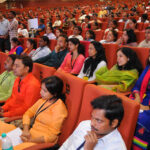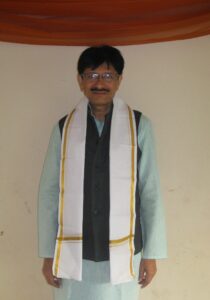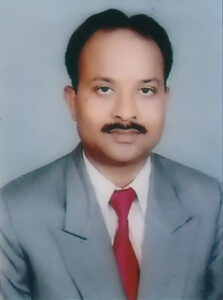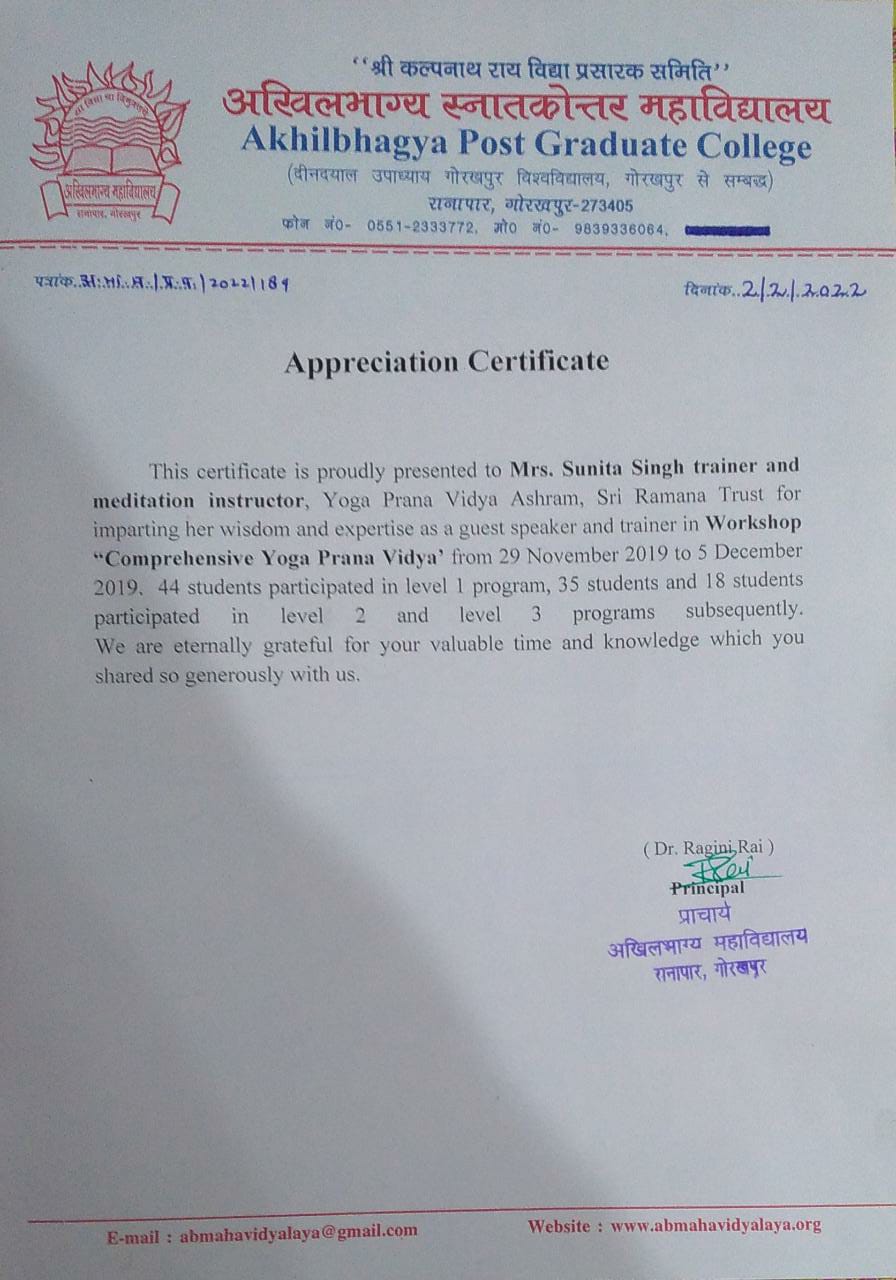Angulimala, an Inspiring Story of Spiritual Transformation:

Angulimala is seen as an incredible example in the Buddhist tradition, of a ruthless murderer transforming into a saint.
During the Buddha’s time, a king named Prasenajit ruled over Kosala. One night, in the capital city, Shravasti, all the armoury and weapons sparkled for a moment. At that very moment, a boy was born in the house of the royal priest, Garga. The child’s horoscope showed that he was destined to be a robber and cause trouble to the kingdom. Worried, the priest Garga informed the king and asked for permission to put the child to death. To this the King Prasenajit did not agree and reminded that Lord Buddha had always insisted on believing in the innate goodness of every being and not to judge based on external appearance or behaviour. Instead, he suggested the priest to raise his son well, give him proper education and instil virtue in him.
To foster this objective, they named the boy Ahimsaka, meaning harmless. He grew up to be a studious, well behaved, intelligent boy. The parents were very happy that their good upbringing had removed all evil predispositions and tendencies from him. They sent him to Takshashila, a renowned university in India, for further learning.
He was very brilliant and soon surpassed all the students there. He was so humble and gentle in conduct that he became his Teacher’s favourite. This made his peers very envious. So, the fellow students tried poisoning their Teacher’s mind repeatedly against Ahimsaka. Initially, the Teacher did not pay any heed to their complaints and believed that Ahimsaka was his genuine student. However, by the end of their studies, they succeeded in their mission of tarnishing Ahimsaka’s image in the mind of their Teacher. When Ahimsaka finally came to his Teacher and humbly requested for an opportunity to fulfil the Guru’s desire for Guru Dakshina, in a moment of towering rage, the Teacher asked for a horrific honorarium, of a thousand human right-hand little fingers, which he probably thought would be impossible to pay up.
At first, Ahimsaka pleaded that he cannot engage in such violence. However, either due to obedience to the Teacher or compulsion of paying back for the knowledge received or inherent disposition towards violence, he took weapons and moved to a jungle near his hometown, Kosala. Whenever he saw travellers passing by, he killed them and took right-hand little finger from each of them. In order to preserve the fingers from birds and other animals, he threaded the fingers and wore them as a garland. For this dreadful garland of bloody fingers, he was given the nickname Angulimala, which means ‘finger garland’. Slowly, people abstained from entering that forest.
One day, Buddha was deliberately walking towards that forest to help Angulimala. Many warned him, but Buddha chose to go alone. At that time Angulimala had already gathered 999 fingers. He needed only one more to complete his target. On seeing Buddha, he picked up his sword and ran towards him. Despite Buddha walking serenely and at a normal pace, Angulimala could not catch up with him. Tired and frustrated, Angulimala called Buddha to stop. Buddha responded that he had stopped but when would Angulimala stop? Angulimala was astonished as to how Buddha, who was still walking, claimed that he had stopped, and Anugulimala, who had paused running, had not stopped? Buddha clarified that he had stopped injury to other beings and questioned when Angulimala would do so? The mere presence of Buddha opened up his mind. Buddha made him realize that the honorarium was asked by the Teacher in anger and that he must use his discernment. Buddha explained that himsa or killing was not an acceptable solution! Angulimala was deeply struck by these words and threw away his weapons, followed Buddha and became a monk.
There are other versions of this story, where his mother, out of concern, went to the forest in search of him, guessing that it could be her son harming everyone. Angulimala did not hesitate to even kill her to complete his garland of thousand little fingers. In the meantime, Buddha purposely arrived there to stop him from the evil deed of killing his own mother. When he saw Buddha, he preferred to kill Buddha instead of his mother. Nevertheless, he got transformed! The essence of the story still remains the same. Buddha transformed or healed Angulimala by his purity and intention!
Later, not knowing about the transformation of Angulimala, the King set out to arrest him. When he came closer to Buddha’s monastery, he stopped by to pay his respects and mentioned about his operation to capture Angulimala. Buddha then asked the King what he would do if Angulimala had transformed, stopped killing people and was one among the monks seated there. The King was shocked and almost lost consciousness. When the King normalized, he was deeply moved that without using any force or punishment, Buddha was able to turn him into a monk.
However, when Angulimala went out to take alms, people ran away in terror and closed their doors. He could hardly get any food from the villagers. But he still continued. He was not able to focus much on his practices due to the memories of his evil deeds in the past. He was overwhelmed with remorse.
One day, while going for the alms, Angulimala came across a woman in labour, struggling to bring forth the child. Lord Buddha asked him to bless the woman and say that he had not injured anyone after his spiritual re-birth; and if that were true, then may the woman and the child be safe. Soon, there was a safe delivery. Buddha made Angulimala perform this act of truth to probably bring him out of remorse. This proved to be very helpful to Angulimala, as he was able to forgive himself, do his meditations and other practices well and progressed to become a Paramahansa or a saint. Also, many had gained confidence in his inner transformation.
Still, there were a few who could not forgive him for killing their near and dear. Out of resentment, they threw stones at him, hit him with sticks and injured him. Buddha asked him to bear it all, as it was the effect of the causes created by him in the past. He remained peaceful in spite of the physical pain. He was already a Paramahansa who needed no comforting. He later spent his life in forests and caves doing intense practice. He eventually achieved Nirvana or full Enlightenment!
This story in an inspiration to each and every person that they can change even when in extreme circumstances and achieve Enlightenment. It also shows that people can be best motivated by compassion and led by example, rather than by punishment or coercion.
You may also try our YPV Sadhana app for the guided tracks on the breathing exercises, Forgiveness Sadhana and Planetary Peace Meditation. These techniques also help boost your immune system and maintain it.
YPV Sadhana App
Download YPV Sadhana app to boost immunity, emotional balance and positive attitude towards life.
Yoga Prana Vidya Ashram Sri Ramana Trust Hosur – Thally Main Road Near Ubbanur Lake Thally, Krishnagiri Dist Tamil Nadu – 635118, INDIA
Contacts
Disclaimer :
Yoga Prana Vidya is not intended to replace other forms of healing modalities including allopathy and it is also complementary including alternative.
In case of Severe or Persisting symptoms, refer to a medical doctor and or a Certified Yoga Prana Vidya Healer.
“Currently we do not have any connection / affiliation / association with and are not authorised / represented / endorsed / certified / maintained / sponsored by Master Choa Kok Sui and/or organisations established by the Master and/or subsidiaries / affiliates of such organisations.”

Dhaval Dholakia is a certified YPV healer for 16 years. He is also a mechanical engineer and has worked in Plastic Processing Machinery for 25 years. He resides in Ahmedabad.
Dr. S. K. Singh is a Arhat Trainer having more than 20 years of YPV healing and teaching experience. He is also trained in Kriyashakti & Fengsui and completed the one year intensive program in 2016. He has organized many higher level YPV training workshops and retreats. He completed his Master’s degree in Science and has a doctorate in Environmental Biology. He hails from Varanasi.
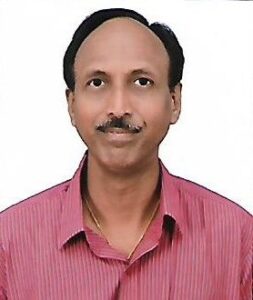
Madhu Sudhir is a senior YPV trainer since 2004. She has trained over 2500 students and more than 50 trainers who are also propagating YPV practices. She has done YPV healing for more than 7000 people since 2006. She is the secretary of the Mysore YPV Healers Association since 2011. She is also associated with JSS University – Dental College as a guest lecturer for “Holistic wellness through YPV” for BDS 1st year students. She has also conducted various seminars on YPV teachings. She graduated in commerce from Bangalore University and also has a diploma in architecture. She also works as a Vaastu consultant for businesses, constructions, plots & houses.
Raghu N is a Arhat Trainer having over 22 years of YPV healing and teaching experience. He founded “Master YPV Trust Nanjangud” in 2019 and conducting regular service activities through this trust in his role as President. He also started the first independently located YPV centre in Nanjangud in 2014. He has previously attended the one year Spiritual Intensive Program for 2015-16 conducted in Sri Ramana Trust Ashram. He also has 7 years of experience working as a secretary at “Mysore YPV Healers Association” during which he nurtured many healers. Raghu conducts teachings in Kannada, English and Hindi languages. He has also completed a B.Sc. and B.Ed. from the Mysore University.
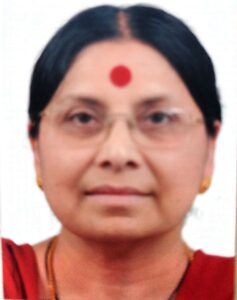
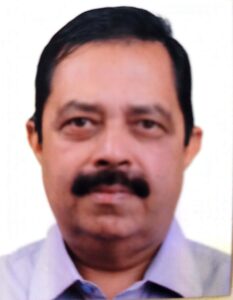
1: Name : Lakhsmi Devi

1. Name – Vishakha Karnani
2. address/ centre – 316, Sai Kripa Colony,
Indore 452002, Madhya Pradesh
3. educational qualification – B.A. Loreto College, Kolkata. Then worked as a photo journalist & a freelancer (children photography)
4. any paper presentation – COVID 19 case report in Innovative publication journal. July 2020
5. any specific achievements – part of the organising team in the first SIP , Pune, 2015. Thereafter involved in organising public darshan and Compassionate Parenting and nurturing programs in various cities like Indore, Nagpur, Raipur, Pune, Kolkata and Ichalkaranji (kolhapur)
6. Since 2006. Got introduced to the world of energy in Kolkata and shifted to Indore in 2008 to spread the work in Central India. Currently working in M.P, Chattisgarh, Maharashtra, Rajasthan, North East India.
Radha Ganesh is presently working for Yoga Prana Vidya Organization as Senior Arhat trainer and Ethics committee member. She is a Senior Arhat Trainer and certified YPV healer with over 18 years of experience. She completed the one-year spiritual intensive program at the YPV ashram in Thally. She has been trained in basic, advanced healing and psychotherapy at World Pranic Healing. Radha worked in Unnathi Healing Foundation Trust as a healer and trainer. She also worked in MS Ramaiiah Hospital Pranic Healing Department, Ayush Arogya Dhama. She has taught YPV teachings in several schools and also conducted classes for nursing staff, pharma students among others. She regularly conducts an Arhat Marathon on every last Sunday of the month at Karnataka Pranic Healing foundation trust since last 3 years. Radha has completed her M.A. in English from MG University, Kerala.
Yoga Prana Vidya
| Account Name : | Sri Ramana Trust |
| A/C No: | 566438417 |
| Name of Bank: | Indian Bank |
| IFSC Code: | IDIB000T060 |
| Address: | Police Station Road, Thally, Krishnagiri |






